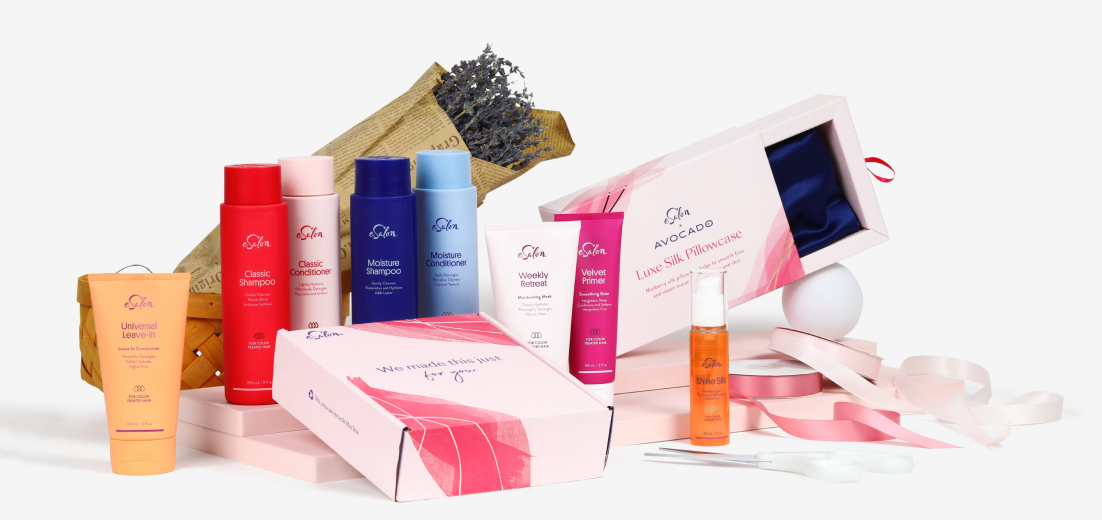|
|
{{item.translated_name}}
{{getVariationType(item.variation_type)}}: {{item.variation_name}}
{{benefitsWithLabel(item)}}
{{fragranceWithLabel(item)}}
{{getHairColorVariation(item.dye_type)}}
-
{{item.qty}}
+
remove
|
Included
{{showPrice($index)}}
{{showFullPrice($index)}}
|
{{removedItemText(displayTitle(item, true))}}
undo
|
||
Let's Fix That!
